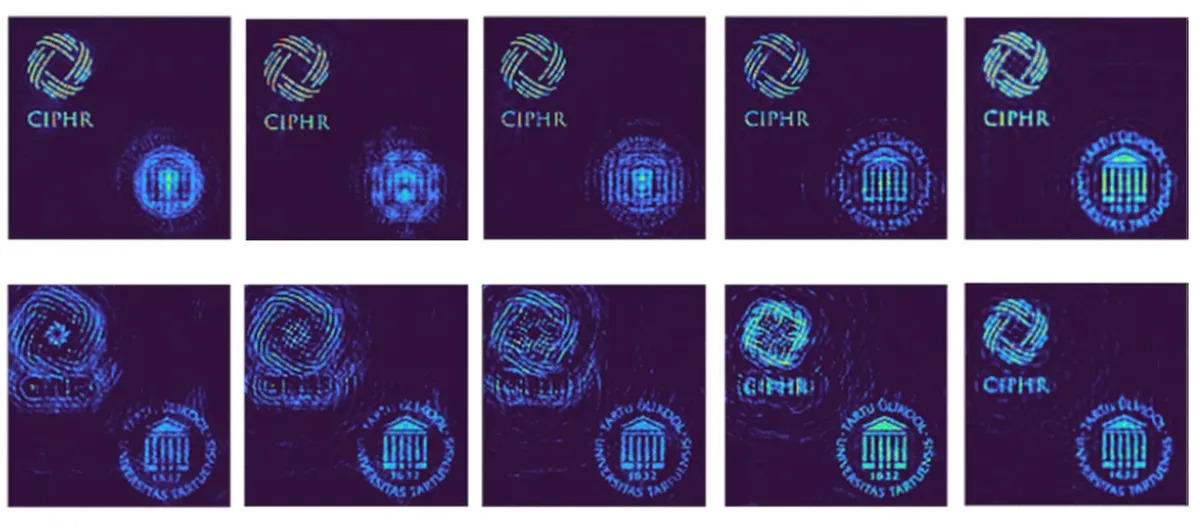Holographic depth of field
Well this is cool. Although there are limited ways of refocusing a shot after taking it, this new method allows that to be taken to the next level using existing technologies. It could be useful for everything from smartphones to telescopes.
Essentially, scientists have developed a new imaging technique that captures two images simultaneously, one with a low depth of field and another with a high depth of field. Algorithms then combine these images to create a hybrid picture with adjustable depth of field while maintaining sharpness.

Smartphones and movie cameras might one day do what regular cameras now cannot—change the sharpness of any given object once it has been captured, without sacrificing picture quality. Scientists developed the trick from an exotic form of holography and from techniques developed for X-ray cameras used in outer space.Source: Impossible Photo Feat Now Possible Via Holography | IEEE Spectrum[…]
A critical aspect of any camera is its depth of field, the distance over which it can produce sharp images. Although modern cameras can adjust their depth of field before capturing a photo, they cannot tune the depth of field afterwards.
True, there are computational methods that can, to some extent, refocus slightly blurred features digitally. But it comes at a cost: “Previously sharp features become blurred,” says study senior author Vijayakumar Anand, an optical engineer at the University of Tartu in Estonia.
The new method requires no newly developed hardware, only conventional optics, “and therefore can be easily implemented in existing imaging technologies,” Anand says.
[…]
The new study combines recent advances in incoherent holography with a lensless approach to photography known as coded-aperture imaging.
An aperture can function as a lens. Indeed, the first camera was essentially a lightproof box with a pinhole-size hole in one side. The size of the resulting image depends on the distance between the scene and the pinhole. Coded-aperture imaging replaces the single opening of the pinhole camera with many openings, which results in many overlapping images. A computer can process them all to reconstruct a picture of a scene.
[…]
The new technique records two images simultaneously, one with a refractive lens, the other with a conical prism known as a refractive axicon. The lens has a low depth of field, whereas the axicon has a high depth of field.
Algorithms combine the images to create a hybrid picture for which the depth of field can be adjusted between that of the lens and that of the axicon. The algorithms preserve the highest image sharpness during such tuning.